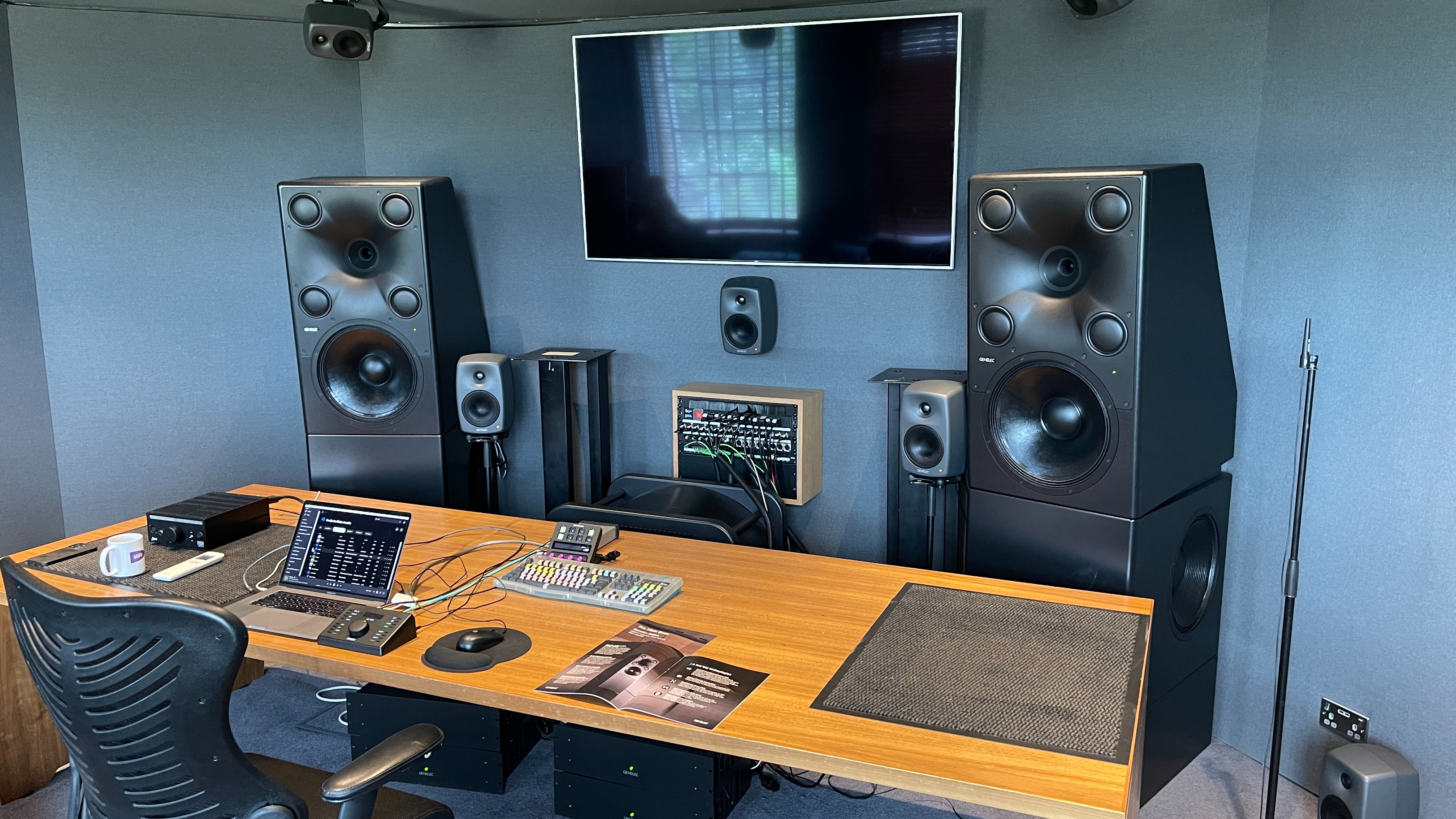
Genelec is a Finnish company, based in the picturesque town of Lisalmi. Founded in 1978, it specialises in active monitoring systems for studios and has a huge product catalogue that covers a wide range of use cases. It isn’t a brand that comes up very often in our discussions of home high-end speakers, because its primary focus is on the recording industry. With hindsight, maybe it should be, given the £59,995 / $64,000 Genelec 8381A studio monitors’ impressively engineered hardware and sophisticated software package.
While the company makes numerous relatively affordable active speakers, things get really ambitious as the price points rise. We were offered the chance to listen to the new 8381A active system and we couldn’t resist finding out just how good a high-end five-way, fully active monitor system could sound, particularly when calibrated by the company’s flexible room equalisation software.
Build & Design
The 8381A package is made up of two enclosures. The top one carries a coaxial tweeter/midrange array surrounded by a quartet of lower midrange drivers and a front-firing woofer. The lower enclosure is home to a pair of opposing side-firing 38cm woofers. The total package is huge at 145cm tall, 50cm wide and 69.4cm deep, about the size of a big fridge/freezer. With the included preamp controller, it weighs in at just short of 350kg. Your listening room floor had better be solid. Finish options are limited to either black or white. Either way, these are not speakers that just blend into the room unobtrusively.
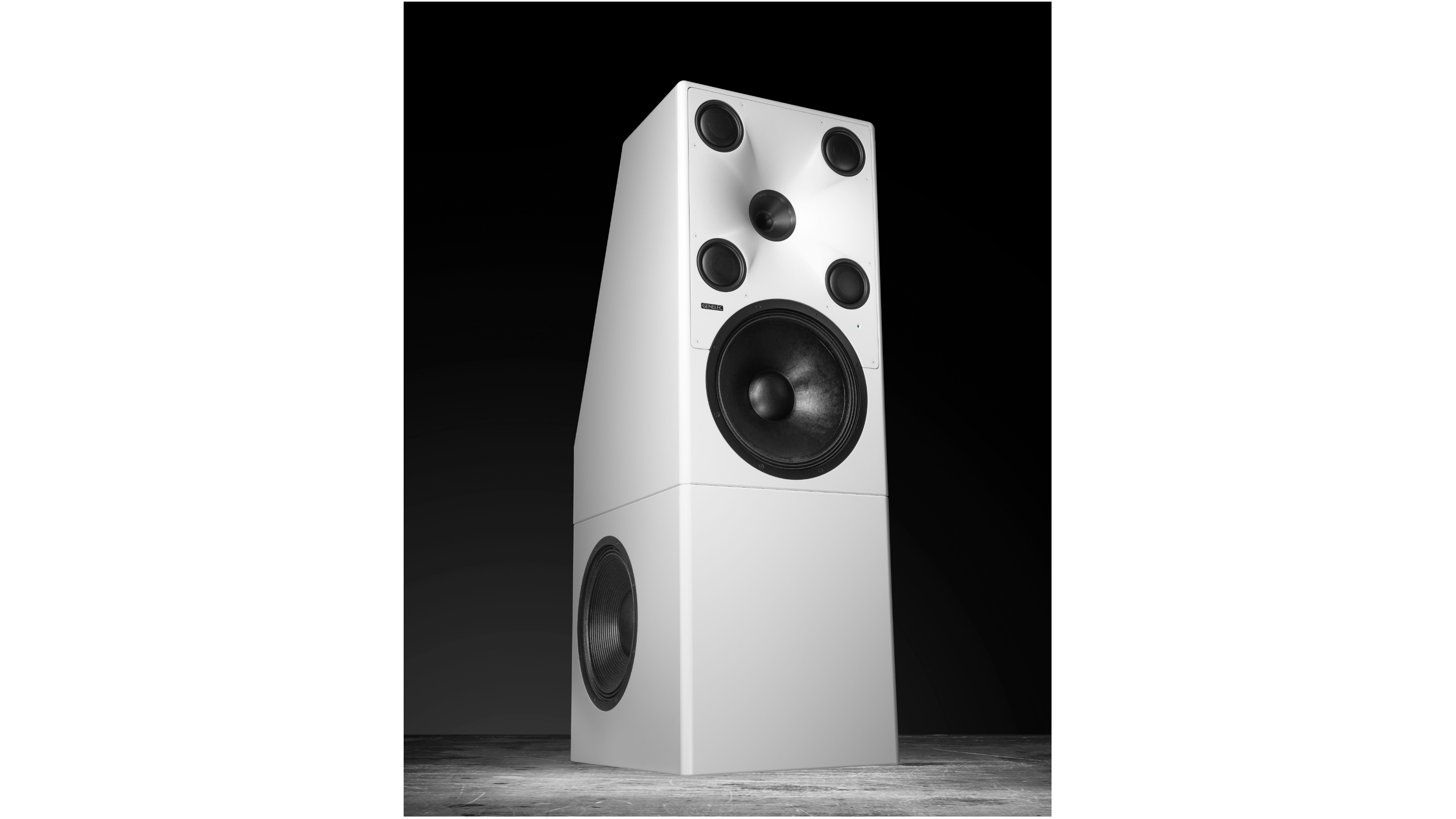
The 8381A package comes with dedicated Class D power amplifiers that are specifically calibrated at the factory to match their intended enclosure. Power output? A total of 5926 watts allows the system to reach a maximum sound output level of 129dB per pair. That’s well into the realms of permanent ear damage, even over very short exposure. We didn’t feel the need to try that out.
There is a lot more here than just muscle, though. The tweeter is a 25mm compression design that sits deep in the throat of the midrange unit, much like the dual concentric designs that Tannoy specialises in. The advantage of such an arrangement is that dispersion is even in all directions and the acoustic centres of both drive units (the place where the sound appears to come from) are matched. This configuration helps integration too.
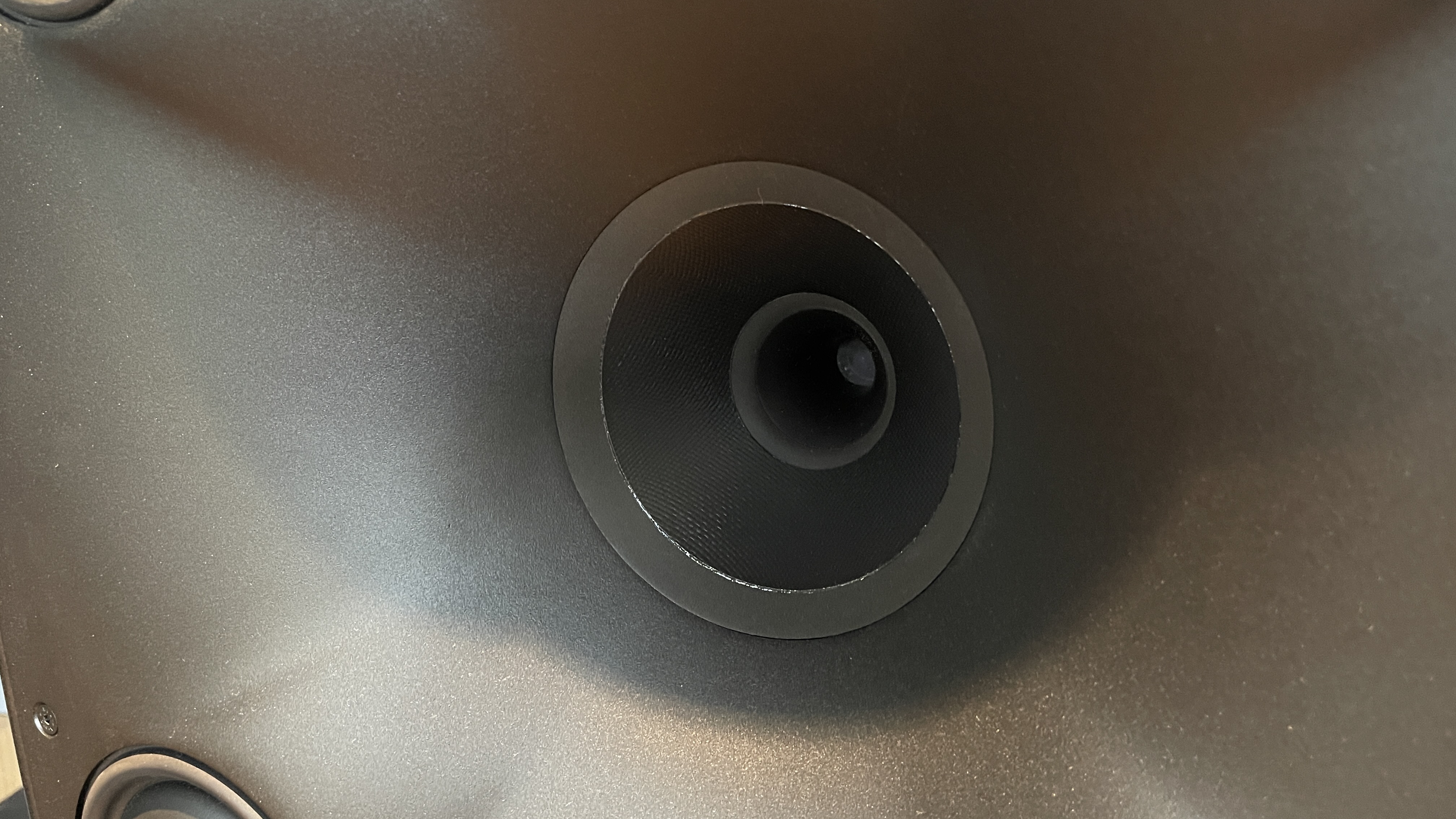
Where the 8381A differs from any other design we’ve seen is that it adds a quartet of dome midrange drivers around the coaxial unit. These are 12.7cm in diameter and generate a wavefront that in effect extends that of the main array to lower frequencies where the front-facing 38cm bass unit takes over. Factor in the effect of the carefully contoured horned-loading front panel and the result is a very wide listening sweet spot that retains a remarkable degree of focus and tonal balance as we move away from the prime listening position. This is a valuable trait in recording studios where engineers may be working at either end of a large mixing desk but also has benefits in the home when you don’t want to be tied into just one spot for the best results. Alternatively, assuming you are social, more than one person at a time can enjoy optimal sound.
There is another element to the 8381A package that separates it from pretty much any high-end domestic stereo speaker we’ve heard, and that’s the GLM (Genelec Loudspeaker Manager) calibration software. This is a wonderfully flexible way of controlling the sound from the speakers, allowing the user to tweak the presentation to taste as well as compensate for a multitude of room issues. The idea isn’t that GLM makes the acoustic quality of the room irrelevant, more that it is most useful for optimising an already decently balanced space. If you buy a pair of the 8381A, the company will install and optimise the results for you.
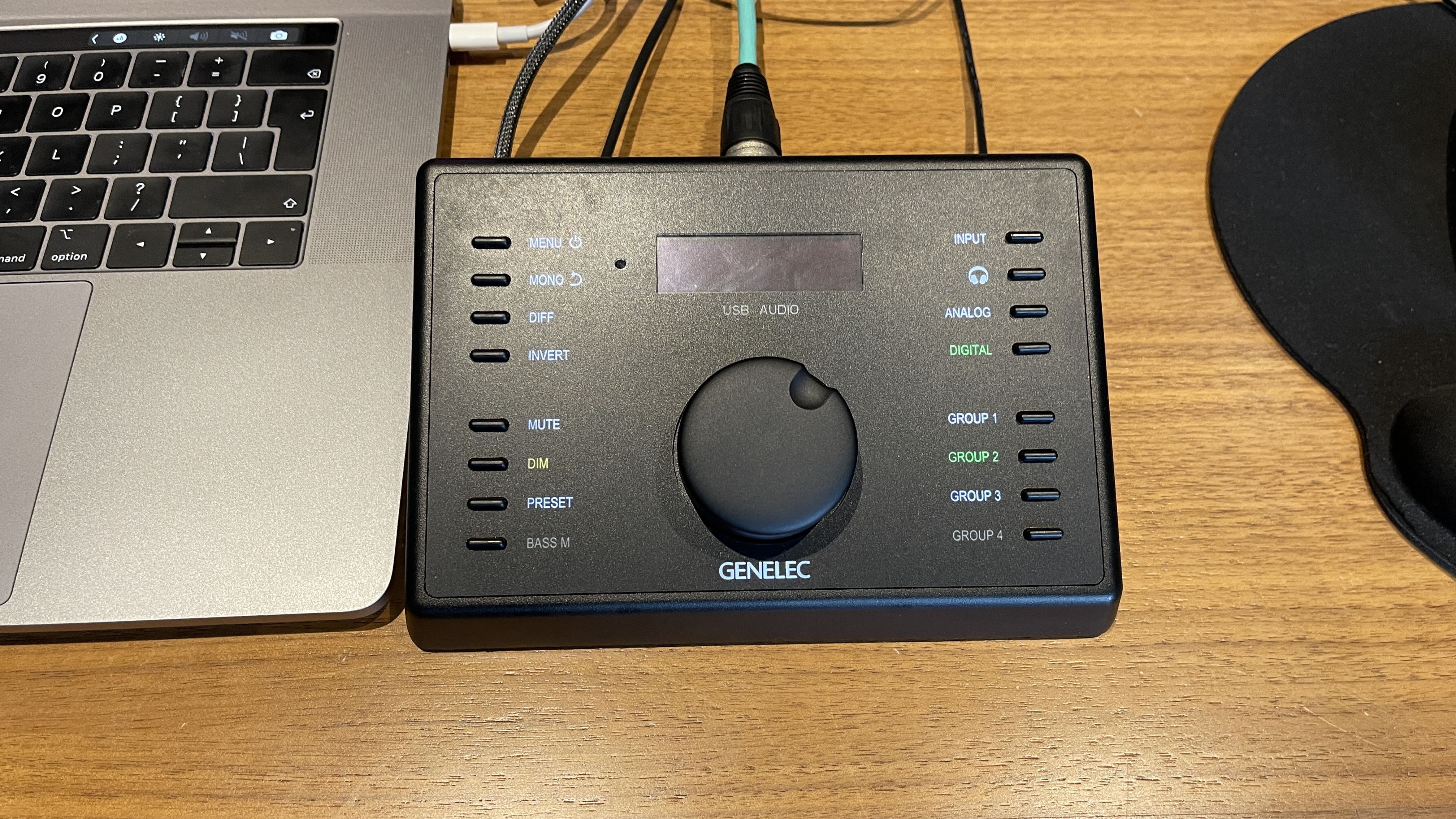
The package is fronted by the 9320A controller/preamp. It is a neat compact unit with USB-C, AES/EBU digital and balanced 6.3mm analogue inputs, as well as a 6.3mm headphone, AES/EBU digital and 6.3mm balanced analogue outputs. In our demo, we find the 9320A is nice to use and simple to operate.
Sound
So how does the full 8381A package sound? It is always hard to make definitive statements when we’re listening to new kit in an unfamiliar environment we’ve never heard before, in this case a slightly acoustically-treated demo room in White City. But our initial impressions are massively positive.
Given the size of the speakers and the huge power reserves of the amplification, it wouldn’t be unreasonable to expect the Genelec to play loud without issue. That certainly proves the case. They stay remarkably clean and unstressed even when pushed very hard. There is no hint of harshness or edge up to the point where we give up and turn the volume down.
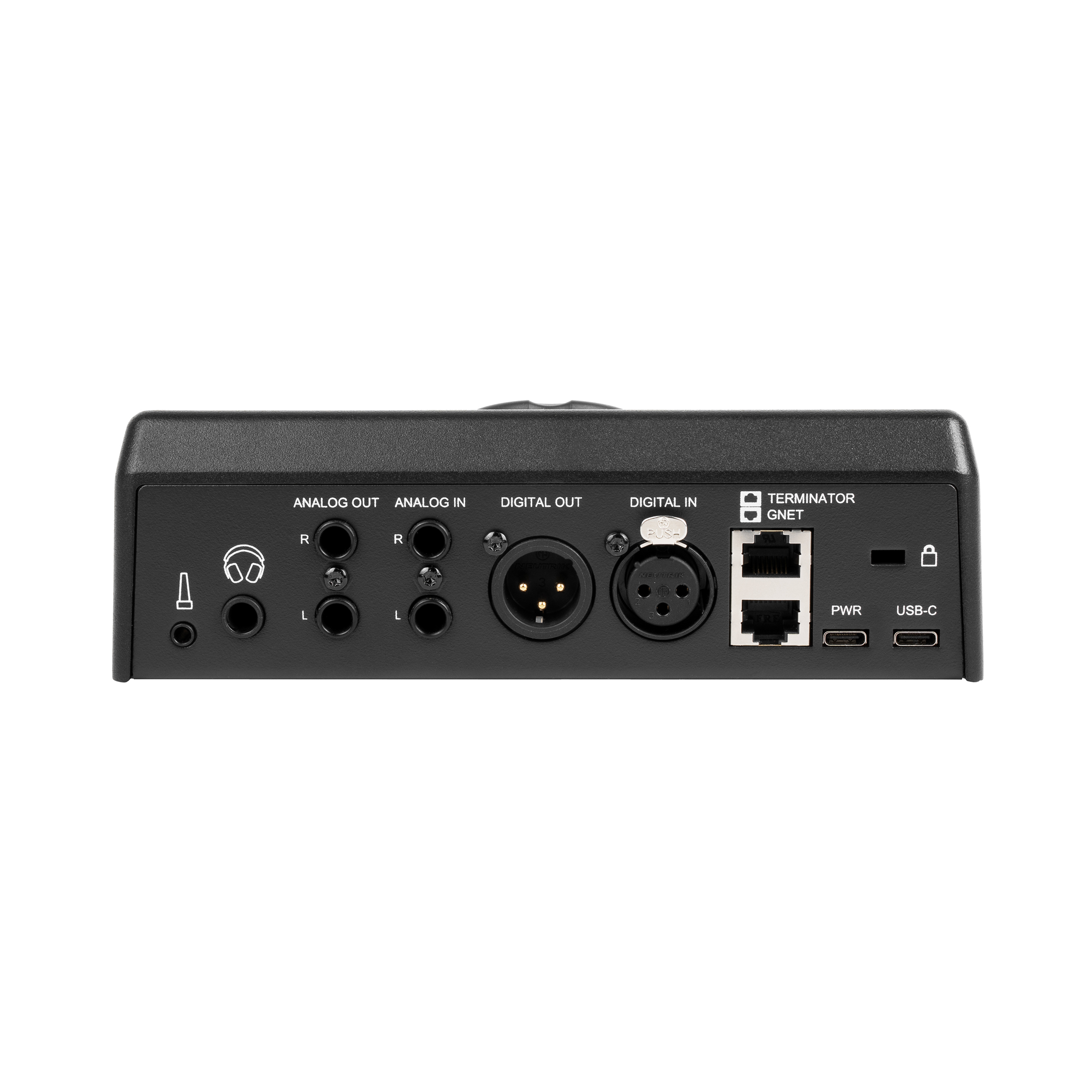
Next, with six woofers, each 38cm in diameter, it is no surprise that the 8381A digs to subterranean levels with ease. However, we were not expecting this level of bass quality; even the deepest notes are delivered in a wonderfully crisp and clean manner. Lows are astonishingly fast and articulate, stopping and starting with the agility we usually only hear at higher frequencies. As we listen to Beyonce’s Partition from Tidal, it is hard not to be entranced by the 8381A’s low-frequency ability and wonder why more domestic high-end speakers can’t match its talents in this region.
We follow with Billie Eilish’s Bad Guy, Massive Attack’s Paradise Circus and Kanye West’s Black Skinhead, each highlighting the Genelec’s high level of resolution and ability to organise all that information cohesively. There is plenty of punch, but also precision in the sound. At times, this package is breathtaking in how it can unravel a dense mix. It is highly revealing in general, particularly of dynamics and the way compression is applied to those recordings.
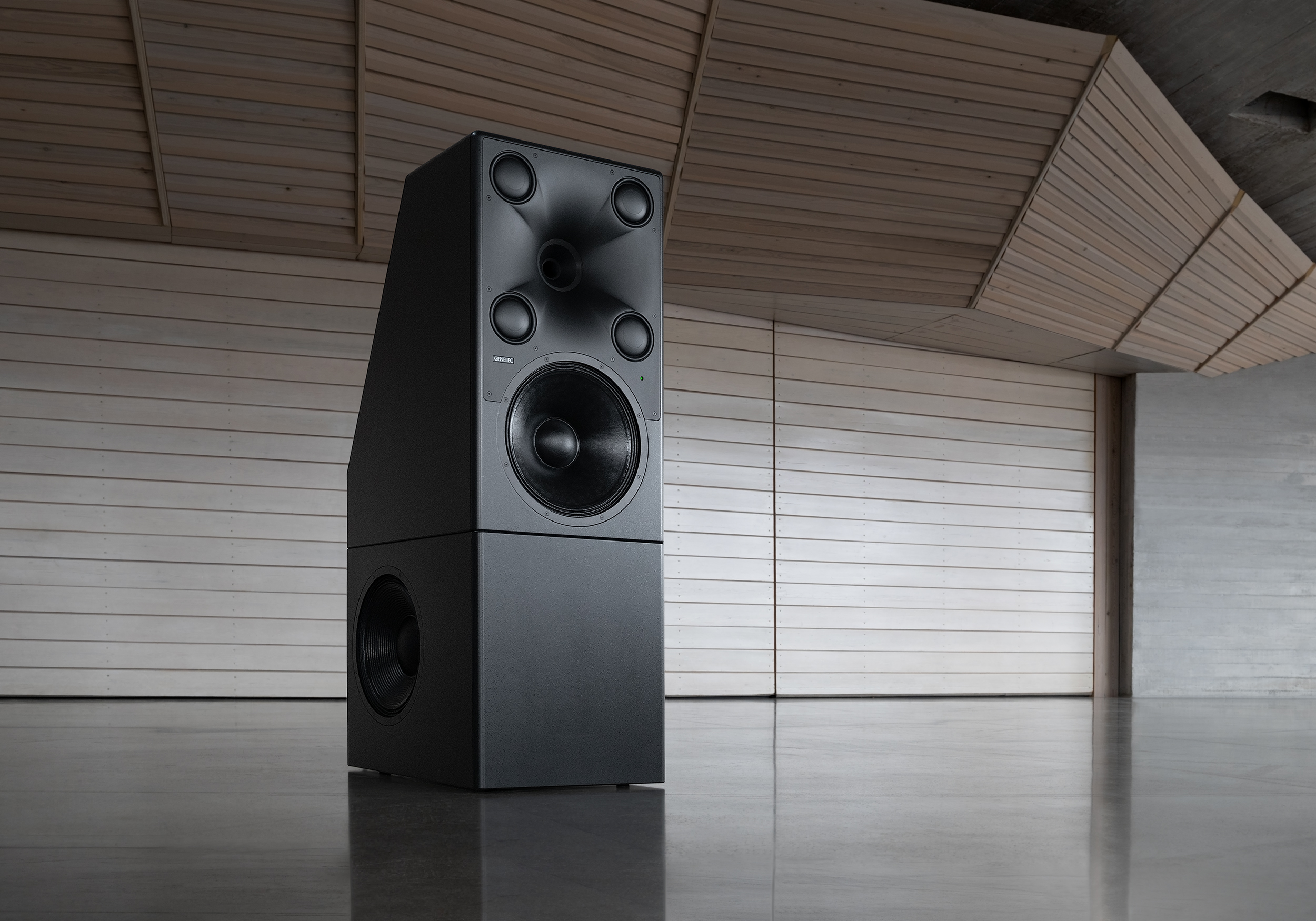
Tonality? That’s not an absolute here in the way it would be with conventional speakers, as the GLM software allows an extensive degree of adjustment. Find the 8381A too bright or lacking a bit of richness? Within sensible limits you can adjust either to taste. Regardless, there is no criticising the seamless way the five drive units integrate. It is exceptional.
So far with the music we’ve chosen during our demo time with the speakers, it all sounds a bit intense, so we opt to drop down a gear to Loom from Olafur Arnalds. We’re glad to report that the Genelec package conveys this calmer recording with skill, moving from an in-your-face presentation to something more soothing. While it is hard to be definitive from this demo, we have question marks over absolute refinement and the system’s ability to render the subtler textures of instruments and voices, but it still produces stirring results. This package is analytical in the extreme, and none the worse for it.
Stereo imaging seems beautifully stable over a wide range of listening positions. It sounds crisply defined but maybe doesn’t quite exhibit the sense of space and depth that we would hope for. Once again, it is hard to make definitive judgements on this without spending more time with recordings we know well.
Early Verdict
If the holy grail of high-end hi-fi is to recreate the sound heard in the studio then the Genelec 8381A package is a home run. It is hardly elegant or luxurious, but the heavyweight engineering coupled with sophisticated room equalisation software results in a terrifically capable yet flexible performer. We leave the audition convinced that Genelec offers a strong and credible alternative to traditional high-end offerings.
MORE:
Check out our guide to the best speakers 2024 across all budgets
Best high-end record players 2024: ultimate premium turntables
How to choose the right speakers and get the best sound
7 crucial mistakes to avoid when setting up your hi-fi system







